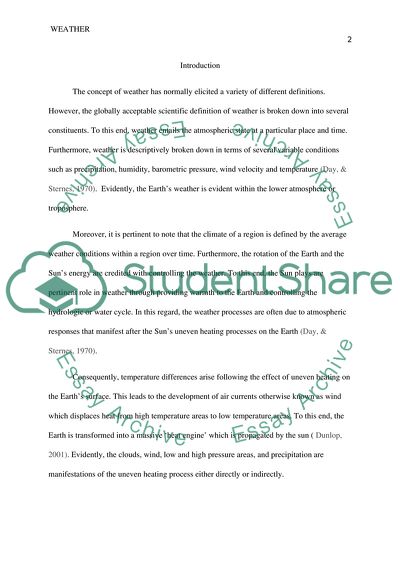Cite this document
(The Weather Processes Influencing The Climate Changes Research Paper, n.d.)
The Weather Processes Influencing The Climate Changes Research Paper. Retrieved from https://studentshare.org/environmental-studies/1801565-weather
The Weather Processes Influencing The Climate Changes Research Paper. Retrieved from https://studentshare.org/environmental-studies/1801565-weather
(The Weather Processes Influencing The Climate Changes Research Paper)
The Weather Processes Influencing The Climate Changes Research Paper. https://studentshare.org/environmental-studies/1801565-weather.
The Weather Processes Influencing The Climate Changes Research Paper. https://studentshare.org/environmental-studies/1801565-weather.
“The Weather Processes Influencing The Climate Changes Research Paper”, n.d. https://studentshare.org/environmental-studies/1801565-weather.


